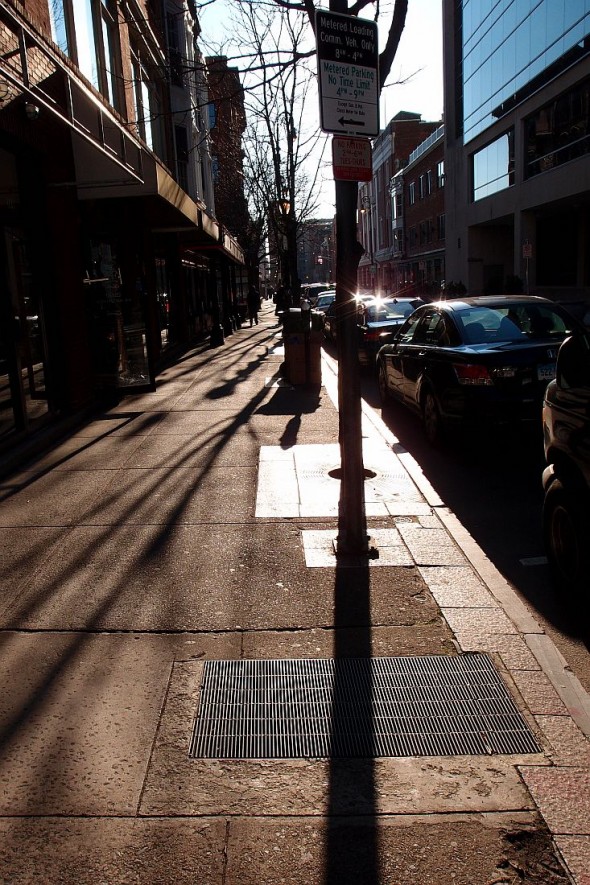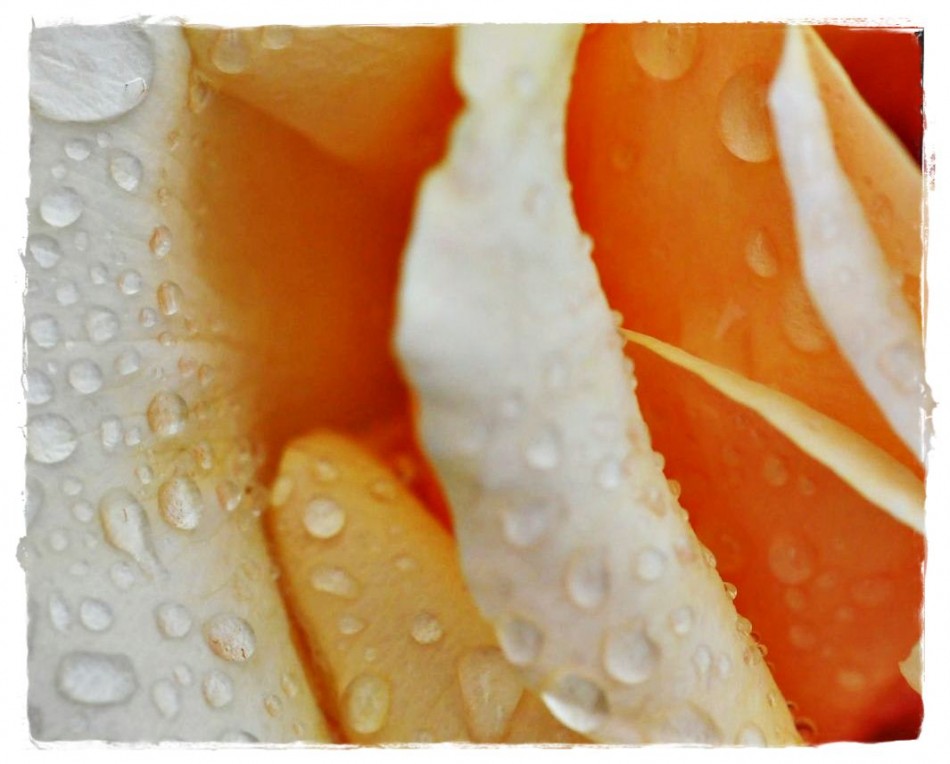Thousands of Buddhist monks chant during a lantern lighting to celebrate Makha Bucha day at Dhammakaya temple
For more on this story, visit: Eyewitness: Bangkok, Thailand | World news | guardian.co.uk.
Wake Up
Thousands of Buddhist monks chant during a lantern lighting to celebrate Makha Bucha day at Dhammakaya temple
For more on this story, visit: Eyewitness: Bangkok, Thailand | World news | guardian.co.uk.
 Hillary Clinton traveled to 112 countries. Foreign Policy assembled a great slideshow.
Hillary Clinton traveled to 112 countries. Foreign Policy assembled a great slideshow.
For more on this story, visit: Secretary of Schlep – An FP Slide Show | Foreign Policy.
The Guardian Camera Club focuses on the world of photography.
It’s like watching ‘Manhattan breaking apart in front of your eyes’, says one of the researchers for filmmaker James Balog. He’s describing the largest iceberg calving ever filmed, as featured in his movie, Chasing Ice. After weeks of waiting, the filmakers witnessed 7.4 cubic km of ice crashing off the Ilulissat glacier in Greenland. Chasing Ice, released in the UK on Friday, follows Balog’s mission to document Arctic ice being melted by climate change. Watch our second clip from the documentary to see the filmmakers abseil down Survey Canyon on the Greenland ice sheet to capture some startling images of meltwater rushing down a moulin
For more on this story, visit: Chasing Ice movie reveals largest iceberg break-up ever filmed – video | Environment | guardian.co.uk.
I was downtown this week at the Greater New Haven Community Loan Fund dropping off a nice winter coat for the blanket and coat drive they’re doing. I came out of the building to walk toward my car and saw these shadows forming a sort of maze I had to cross to get back to my car.
On my way I stopped to tell one woman who was trying to park an SUV in a much too small space that I would return in two minutes and she could have my space, which was actually more like a space and a half with plenty of room for her to park her SUV.
Then once I got to my car, I grabbed my new XZ-1 and went back to the office of the GNHCLF to try to get the picture I saw moments before.

In pictures: 20 years of Lomography
For more on this story, visit: BBC News – In pictures: 20 years of Lomography.
http://en.wikipedia.org/wiki/Lomography
I saw this near a relative’s house over this Thanksgiving weekend. Armed with my new Olympus XZ-1, which won a gold award from DPReview largely because of its 1.8 lens. I was very happy for a time with my first digital camera which was an Olympus C750.
The XZ-1 comes equipped with a few different scene modes and art filters, I quickly got out of the car and walked up the street to see what I could get. An old truck in front of an old house. What good is that? Do I need to get closer? Do I need a different background? Do I need to come back when the sun is overhead?

I wasn’t going to be around that much longer, I thought, and even when I did see the sun had moved a bit, I was still happy with what the 3″ screen was showing me. I took a few shots with a few different art filters on. This one is one that brings a high contrast to the image. Not too much tweaking other than an old type of frame around it with my PhotoScape and here we are.
Happy Thanksgiving everyone. Back to work tomorrow.
She wears her painting clothes. Like any serious artist, she has special clothes for special projects. The painter has his smocks, the writer has his robe or smoking jacket or favorite flannel shirt, the cyclist his shorts and shoes, the photographer his fingerless gloves.

Old Havana, Cuba. This is what most of us associate with HDR imagery; surreal colors and exaggerated saturation. A taste embraced by some and reviled by others.
But even photographers who wish to create more traditionally-photographic types of images can benefit greatly from capturing wide dynamic range scenes. After all, we see the world around us in a very wide dynamic range, so why shouldn’t we take advantage to photograph it that way as well? And at its core, that’s really what HDR photography is about.
For more on this story, visit: HDR for the Rest of Us: Digital Photography Review.
Stunning images of animals from land and sea feature in this selection of the best wildlife snaps of the GDT European wildlife photographer of the year awards
For more on this story, visit: GDT European wildlife photographer of the year 2012 – in pictures | Environment | guardian.co.uk.
There are 7 million people in Hong Kong, one of the densest and fastest-paced cities in the world. Photographer Brian Yen, in a series of long-exposure shots, captures the overwhelming velocity of it all, a blur of motion and light. Yen kindly granted me permission to reproduce his photos here, along with this note about the thinking behind them.
I think of my self similar to an archeologist. I’m an excavator of existence, dusting off the un-interesting bits to reveal the gem underneath. I hope those who view my photos, would be inspired to do a little dusting of their own and find joy where it once was dirt.
For more on this story, visit: Amazing long-exposure photos of Hong Kong in motion.
Many farmers’ livelihoods depend on the ability to save seed varieties. ‘Farmers breed for resilience,’ says Dr Vandana Shiva, who is leading a campaign supported by the Gaia Foundation to protect seed diversity and promote food security. ‘They don’t breed one crop. They know they must have many crops because the climate changes … and because nutritional needs are diverse’
Watch the Seeds of Freedom film
For more on this story, visit: Seed diversity: a global route to food security? – in pictures | Global development | guardian.co.uk.
This is a test post with single a photograph of a yellow rose.
Next up — a gallery or slide show.

Proudly powered by WordPress | Theme: Baskerville 2 by Anders Noren.